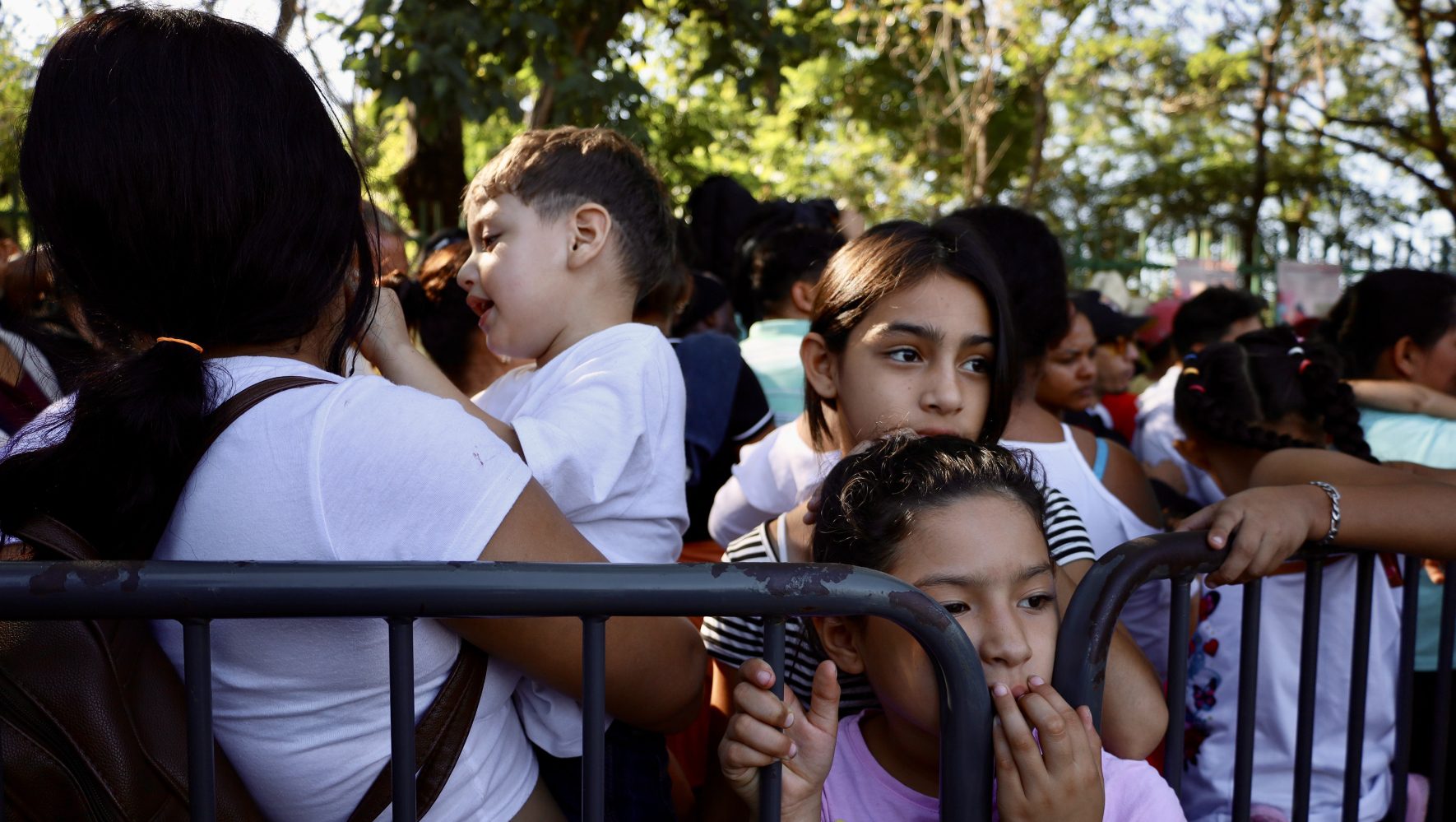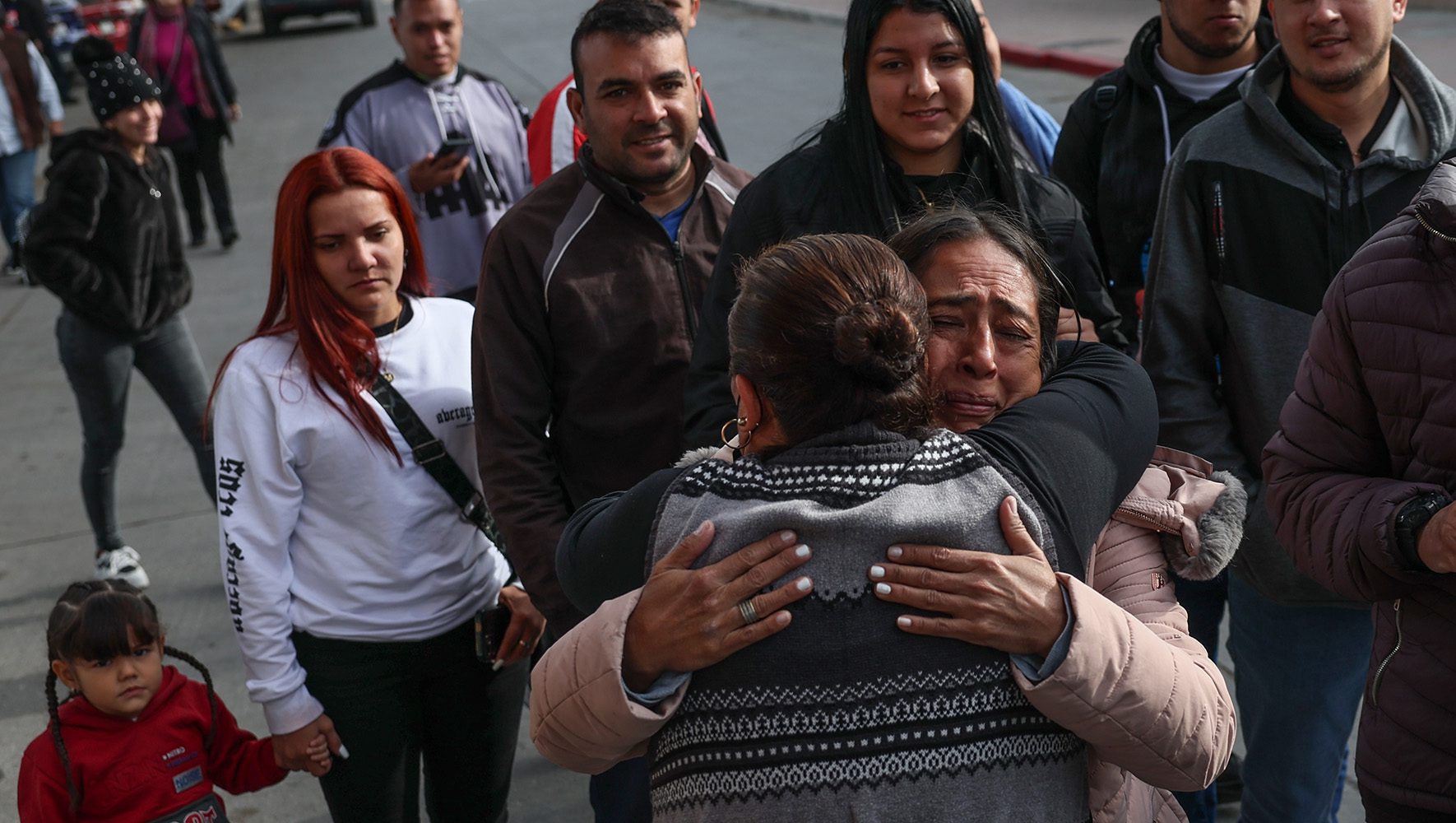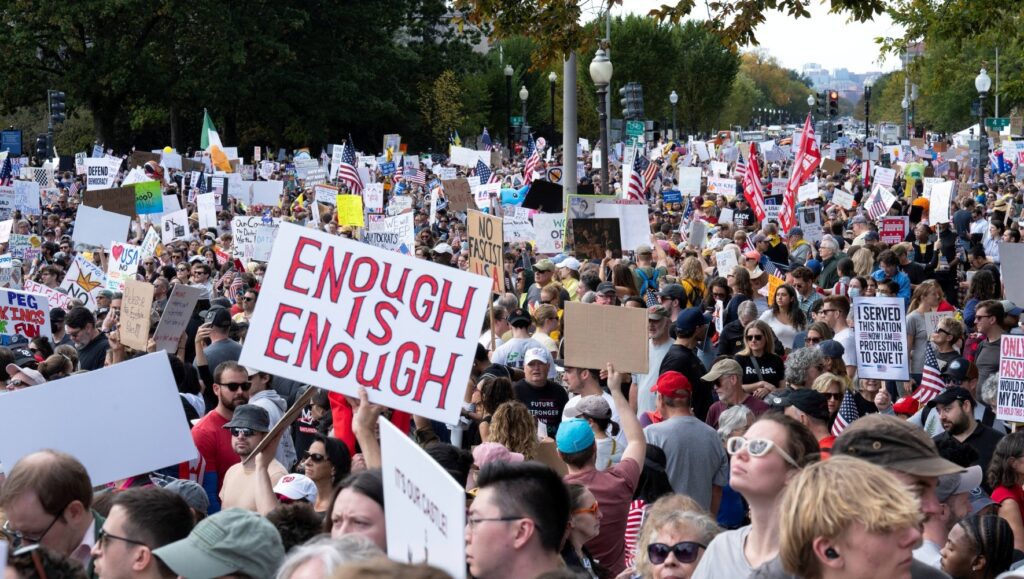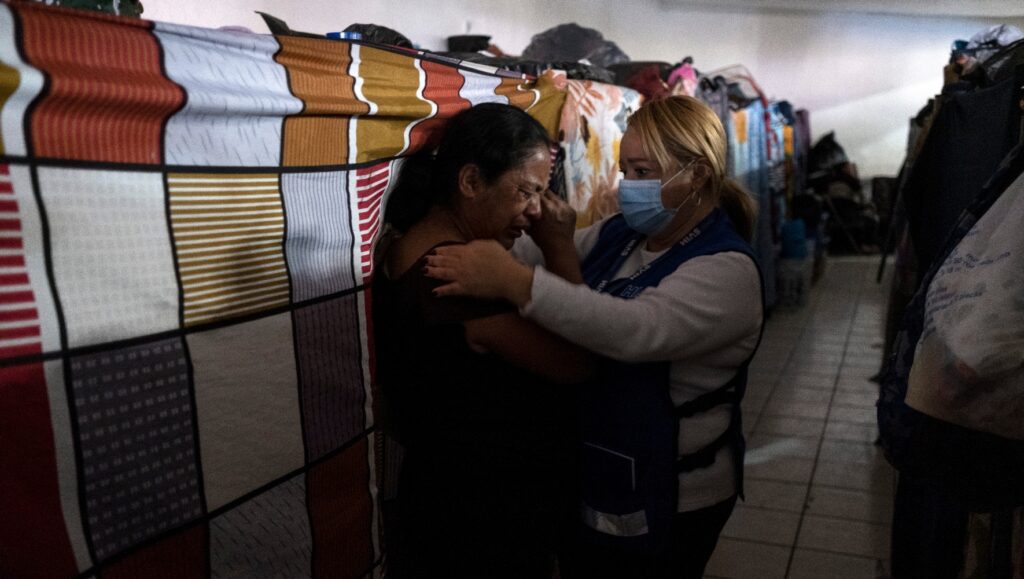
On January 20, the Trump administration implemented an “Asylum Ban” that dramatically eroded the right to seek asylum in the United States. The ban, a central component of the president’s immigration agenda, has had profound consequences in the months it has been in effect.
Nowhere is the harmful and far-reaching impact of the ban more apparent than along the 1,954 mile-long U.S.-Mexico border. Although the right to seek asylum is a moral and legal obligation of the U.S., this administration has blocked thousands of individuals fleeing persecution and torture from entering the country to seek protection. As a result, the ban has placed the lives of these individuals at great risk by expelling them back to harm and danger.
What have been the consequences of the asylum ban since its January implementation? Read on to find out.
Give today
What is Asylum and the Asylum Ban?
International and domestic law is unambiguous: the U.S. is obligated to provide access to asylum to individuals fleeing persecution or torture once they are physically in the U.S., regardless of how the individual entered the country. After an individual is apprehended at the border, Customs and Border Protection (CBP) officials are required to quickly assess the individual’s fear of returning to their country before they are placed in removal proceedings. During these proceedings, an immigration judge will conduct a hearing and either grant or deny asylum to the individual.
But this system, required by law, no longer exists. Immediately upon taking office for a second term, Trump signed a proclamation called “Guaranteeing the States Against Invasion” that banned all individuals from seeking asylum along the border and empowered CBP officials to “repel, repatriate, or remove” them from the U.S. Individuals no longer have an opportunity to claim fear of return. Invoking inflammatory rhetoric to denigrate all asylum-seekers, the president justified his asylum ban to protect the public health and national security of the U.S. against an “invasion.” Within a matter of days, three non-profit organizations on the border filed a lawsuit in a D.C. federal court challenging the ban as “unlawful as it is unprecedented.”

Asylum and Border Policy: How It Works vs. How It Should Work
Read MoreWhat has been the impact of the Asylum Ban on the Border so far?
The impact of the ban on the border cannot be overstated. The administration’s enforcement through militarization and increased CBP personnel along 1,954 miles of the border has blocked individuals from exercising their right to seek asylum. In just four months, the number of people attempting to enter the country has decreased by over 87%. Ports of entry have also been closed to individuals seeking protection.
Conditions are equally dire for individuals, including families and children, who manage to enter the country. Reports indicate they are frequently and unlawfully denied fear screenings by CBP officials despite their credible claims of fear of persecution or torture. Held in cramped facilities, they lack access to counsel and are deprived of any sense of due process. Crystal Sandoval, director of cross-border strategies for the Las Americas Immigrant Advocacy Center in El Paso, Texas, told HIAS “we’ve witnessed a disturbing pattern where many migrants are apprehended and, within a matter of hours or days, placed on planes to unknown or remote locations in southern Mexico or Central America.” These “third country” removals or expulsions from the border not only undermine the legal protections of asylum but have left thousands stranded in dangerous and precarious living conditions in unfamiliar locations abroad.
How should we respond?
The denial of the human right to seek asylum should be a moral shock to the conscience — yet it is happening largely out of public view. HIAS has long advocated for the rights and dignity of asylum seekers along the U.S.-Mexico border and decried the harsh treatment of people seeking safety. This policy, part of the administration’s broader effort to erode legal and humanitarian protections, is one in a relentless series of attacks on immigrant communities. We believe these policies threaten the rule of law and jeopardize countless lives. Now is a time for advocacy for smart, lawful, and humane policies that rise to the challenge of forced displacement. The right to seek asylum is, indeed, a right — and it must be protected.


